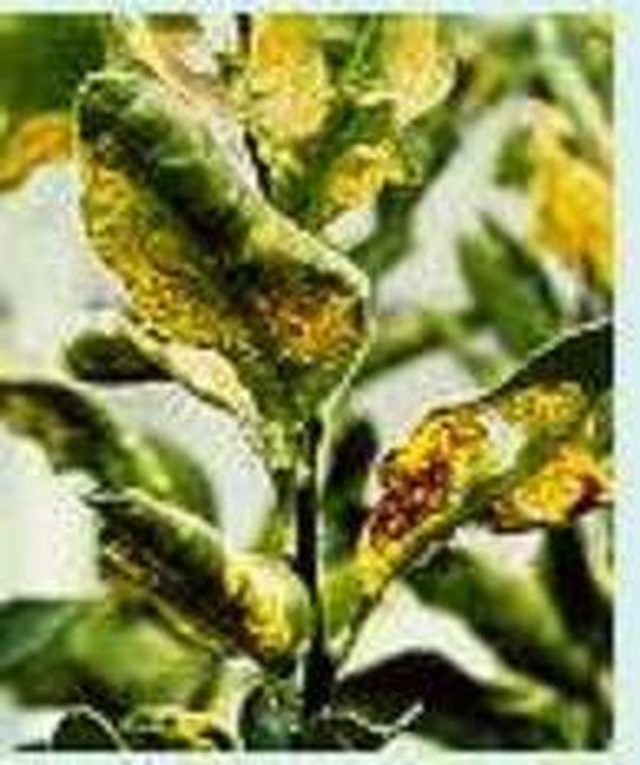Bulbs
Flower Basics
Flower Beds & Specialty Gardens
Flower Garden
Garden Furniture
Garden Gnomes
Garden Seeds
Garden Sheds
Garden Statues
Garden Tools & Supplies
Gardening Basics
Green & Organic
Groundcovers & Vines
Growing Annuals
Growing Basil
Growing Beans
Growing Berries
Growing Blueberries
Growing Cactus
Growing Corn
Growing Cotton
Growing Edibles
Growing Flowers
Growing Garlic
Growing Grapes
Growing Grass
Growing Herbs
Growing Jasmine
Growing Mint
Growing Mushrooms
Orchids
Growing Peanuts
Growing Perennials
Growing Plants
Growing Rosemary
Growing Roses
Growing Strawberries
Growing Sunflowers
Growing Thyme
Growing Tomatoes
Growing Tulips
Growing Vegetables
Herb Basics
Herb Garden
Indoor Growing
Landscaping Basics
Landscaping Patios
Landscaping Plants
Landscaping Shrubs
Landscaping Trees
Landscaping Walks & Pathways
Lawn Basics
Lawn Maintenance
Lawn Mowers
Lawn Ornaments
Lawn Planting
Lawn Tools
Outdoor Growing
Overall Landscape Planning
Pests, Weeds & Problems
Plant Basics
Rock Garden
Rose Garden
Shrubs
Soil
Specialty Gardens
Trees
Vegetable Garden
Yard Maintenance
How Does a Citrus Tree Reproduce?
How Does a Citrus Tree Reproduce?. Citrus trees start to bloom early in the winter months and they continue to develop throughout the springtime producing minute, green fruits. The fruit grow larger as the seasons progress into summer and fall. The term "citrus" is a familiar term and type of blossoming plants that belong to the Rutaceae plant...

Citrus Trees
Citrus trees start to bloom early in the winter months and they continue to develop throughout the springtime producing minute, green fruits. The fruit grow larger as the seasons progress into summer and fall. The term "citrus" is a familiar term and type of blossoming plants that belong to the Rutaceae plant family. These types of plants originate from both the tropical and subtropical southeast areas of the earth. Citrus is also a Latin word originally from ancient Greek Kedros. The word citrus was named by the Romans for many of the trees, plants and even timber that possessed a scent or aroma. There are many natural growing species of citrus, but the number of types of the aromatic citrus are unknown. Some citrus varieties are cloned and propagated crossbreeds. In addition, there are uncultured, true breed species that originated from a crossbreed as well. Naturally-cultured citrus hybrids, however, consist of fruits such as grapefruit, limes, lemons, oranges and tangerines.

In What Environment Do Citrus Fruits Grow Best?
Citrus trees are rarely resilient to a frost. However, the strongest of the citrus class is the Mandarin Oranges. The Mandarin Oranges are capable of withstanding cold temperatures as low as negative ten degrees Celsius, although this is within a short amount of time. Generally, temperatures should not be below a negative two degrees Celsius to accomplish successful blossoming. It is possible for the commercially grown lemon citrus fruit to grow within a moderate winter or moderate summer environment. This is mainly due to the expectation of the fruit. Lemons are not expected to be a sweet. Tangerines, on the other hand, can flourish outside within areas that have sub-zero weather during the winter months. However, the quality of the fruit may be depreciated.

What is Asexual Reproduction?
Asexual reproduction involves the creation from the cells of a single parent. This type of reproduction is much more frequent in plants than in animals. All plant organs play a part in asexual reproduction.

Asexual Reproduction in Citrus Trees
The seeds of citrus trees are used as a manner of asexual reproduction. This process is referred to as apomixis. In one instance the egg is created with 2n chromosomes and grows without fertilization. In another instance of apomixis, the ovule cells (2n) grow into an embryo opposite to fertilization. Sometimes apomixis includes embryo development as well as egg fertilization. Depending on the pollen resource, citrus trees crossbreed eagerly. All marketable citrus cultivation involves foliage produced by grafting. Grafting consists of splicing and implanting the preferred fruits on top of rootstock supply that are chosen for durability and defense against disease.